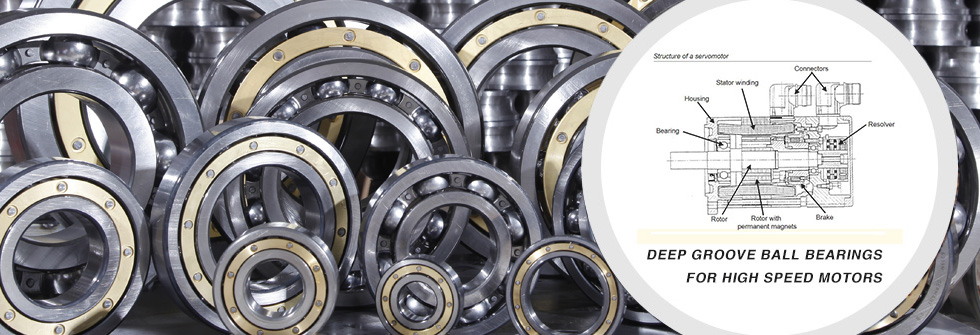Bearing failures
2016-04-20Bearings are small compared to other major motor components, making them particularly vulnerable to damage and wear. It’s no surprise, then, that studies blame more than half of all motor failures on bearing malfunction, most of which result from too little or too much lubrication. The key to avoiding these conditions is to establish a lubrication program using bearing and motor manufacturer guidelines to determine the frequency and amount of lubrication for the motor application, duty (continuous or intermittent), environmental conditions, and bearing size.
Another significant cause of bearing failure is misalignment, the effect of which increases by the cube of the change. For example, an alignment value that is twice the new installation tolerance will reduce bearing life by a factor of 8 (2^3). The solution is simple: align the motor and driven equipment to new or better installation tolerances.
Bearing currents are typically caused by dissymmetry in the motor frame or powering the motor from a variable-frequency drive (VFD). Decades ago, bearing currents were only an issue on very large motors due to their inherent lack of magnetic symmetry. The ubiquitous use of VFDs today, both for new installations and retrofits, subjects these motors to a “chopped” output waveform. The resulting magnetic dissymmetry produces a current path from stator frame to shaft and through the bearings at each end.
Linqing Nine Star Bearing Science & Technology Co., Ltd
( Insulated bearing, Hybrid ceramic bearing and Brass cage DGBB)
Follow us via E-mail info@jxkjzc.com; Website www.ninestarbearing.com.











